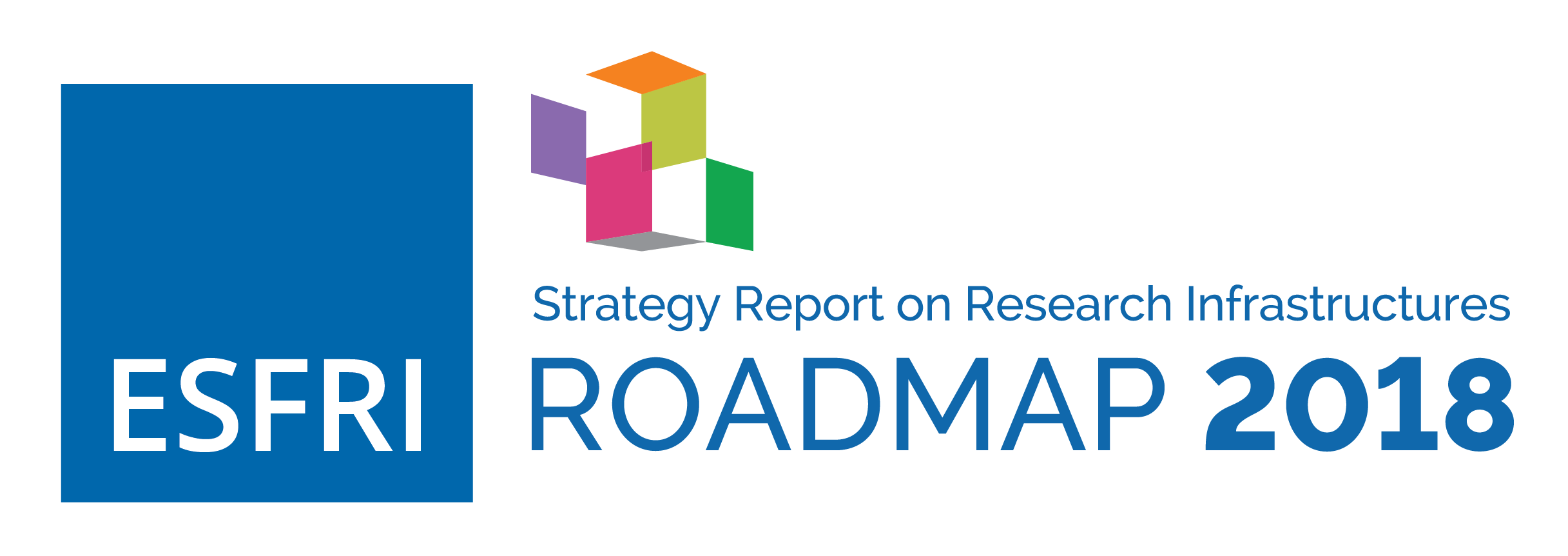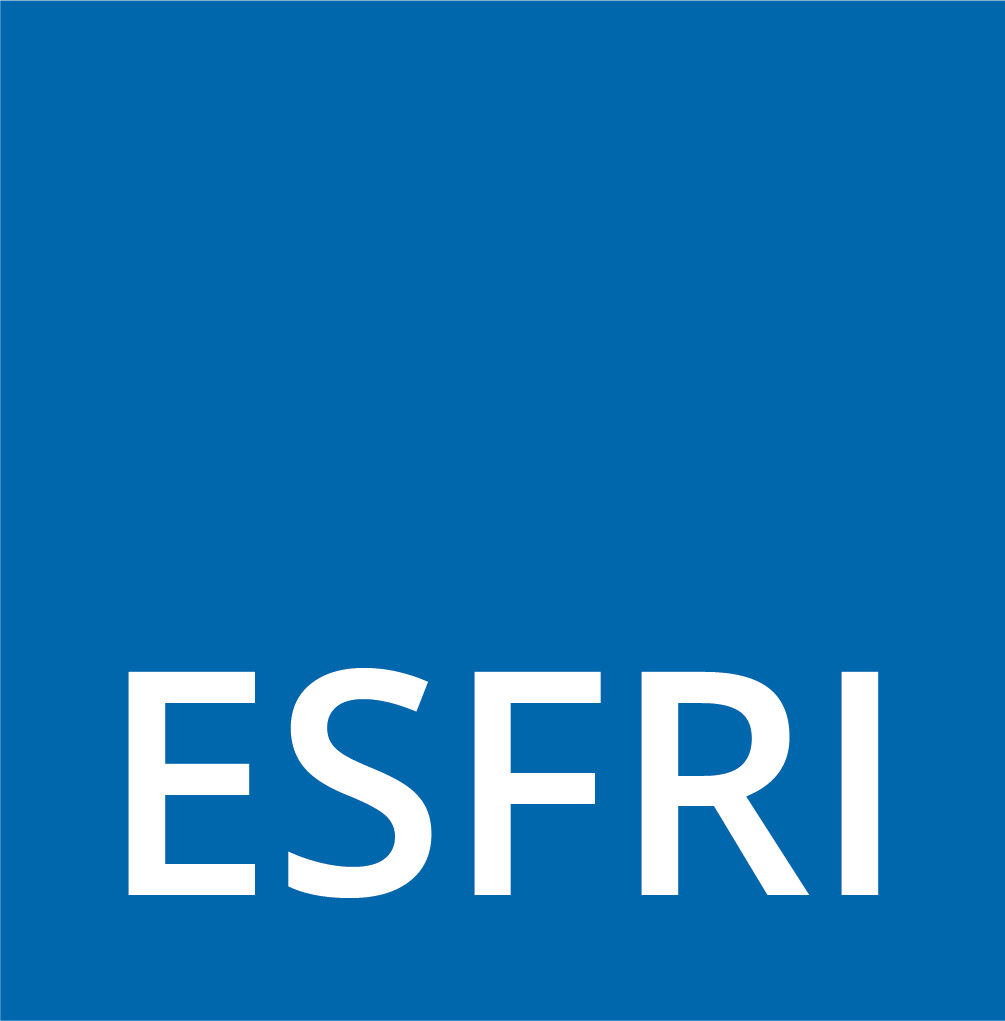Socio-Economic Impact
RIs contribute to accelerate the transition to a knowledge based economy. Capacity building, high level training, provision of innovative technologies, and implementation of know-how, methods and standards to national and international stakeholders, training and education, and advising on policies do impact the European society and economy. Socioeconomic impact (SEI) is an element of the ESFRI Roadmap assessment procedures and it is central in the networking activities of the ESFRI RIs. It remains challenging to elaborate a robust model and metrology to quantitatively estimate the SEI.
The contemporary results of Big Science from space-missions like Cassini or the detection of gravitational waves demonstrating the genesis of heavy elements in the collapse of binary systems, contribute to broadening attraction to science and rational scientific research efforts, as well as the results of genomics and related medical research addressing common and rare diseases. High-quality research, as generated by RIs, develops a large SEI, and a baseline for pursuing a truly knowledge-inspired societal policy.
The assessment of SEI stemming from RIs’ activities is a standardized way to evaluate the effective use of public resources, to inform future decision and policy-making and to secure funding for the continuous operation of RIs. The SEI assessment is relevant along the whole lifecycle of RIs, from design to termination, and may require ex ante as well as ex post assessments. Dedicated studies of SEI of large single-site facilities in the ENE and PSE areas were published, but we lack proven models for SEI in the case of distributed RIs typical of the ENV, H&F or SCI domains. Here we list some elements that contribute to SEI for all ESFRI RIs areas.
The geographical coverage, complementary resources and concerted approach of H&F RIs represent unique assets for accelerating drug discovery and production, testing of new diagnostics and therapies, supporting the development of personalised or stratified medicine, identifying new models of human rare diseases, and facilitate the emergence of new biomedical applications. These concerted actions accelerate socio- economic competitiveness and foster an equitable healthcare in Europe. H&F RIs will provide data in strategic areas for Europe such as marine bio-resources, good environmental status, circular economy, therefore supporting the efforts to address challenges as the increasing demand for food connected to population growth, the increasing use of biomass for non-food purposes and the competition for arable land. Research in the H&F domain has direct impact on society and helps strengthening public awareness and support to science, including attraction for the youths towards science and technology careers.
The SEI of ENV RIs is based on the knowledge contribution to society for educating and preparing people to environmental hazards therefore increasing the resilience to natural and anthropogenic risks – e.g. the ESFRI Landmarks EPOS and EMSO ERIC. Moreover, long-term observation data on the changing Earth system help triggering new technology development and innovation in the field of mitigation and adaption to climate change – e.g. the role of the ESFRI Landmarks ICOS ERIC, IAGOS, EURO-ARGO ERIC and the ESFRI Project ACTRIS in Copernicus.
The SEI of the Analytical Research Infrastructres (ARIs) in the PSE domain – synchrotrons, FELs and neutrons facilities –include the multi-disciplinarity generating societal benefits from technology to heritage preservation. Competitive research hubs do qualify the host territory by attracting highly skilled human resources and generating jobs of higher knowledge content in the local economy.
The SEI of RIS in SCI is easily perceived as these infrastructures provide information that relates to our cultural heritage, preserves art, uncovers our past, informs political thinking and decision making and supports our social and economic well-being. An important SEI indicator is the effect of SCI RI-supported research on evidence-based public policy. The data from the ESFRI Landmark SHARE ERIC, for example, revealed a strong correlation between early retirement and the loss of cognitive abilities with strong policy implications both at European and national level. The EU Commission as the single largest user of SHARE ERIC data, uses the data for economic and social benchmarking exercises. The social and longitudinal surveys deal with values, representations, beliefs and subjective conditions such as well-being that drive human behaviour, proved their SEI with a better common understanding across Europe. RIs on common language and cultural heritage, its richness and diversity, strengthening cultural citizenship and linking with the most advanced technologies producing a high SEI for Europe. Working with complex questions as contemporary societal challenges requires a system that is capable of giving access to and handle large amounts of data from a wide variety of sources covering many scientific areas.
DIGIT RIs create a safe and seamless environment for sharing research data, accessing to new platforms and software tools do contribute to increase the scientists’ productivity and enable data reuse with the aim of generating new science and science services, ultimately generating major economic benefits. The net effect is a more efficient usage of the existing infrastructures and attracting new resources to the European science sector, creating a circle that fuels investment in innovative businesses, new public services, higher quality scientific information.




